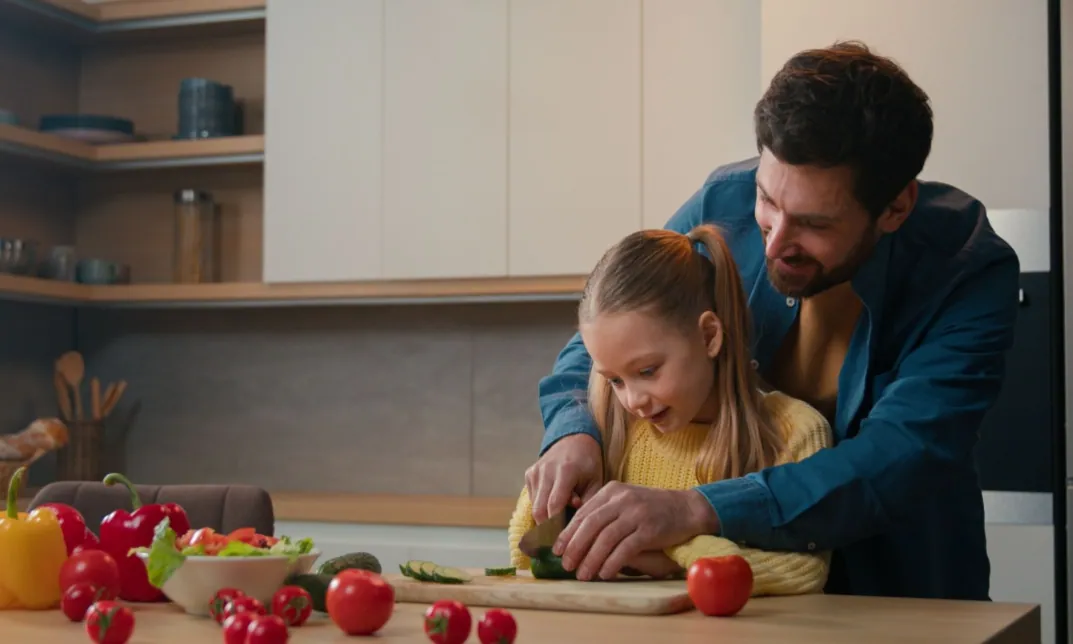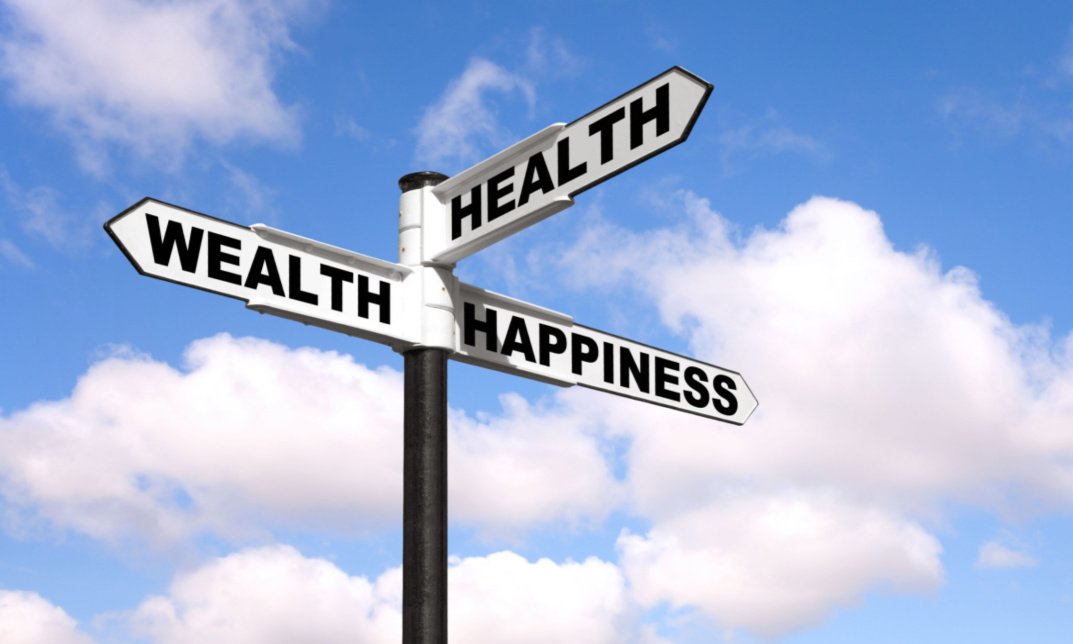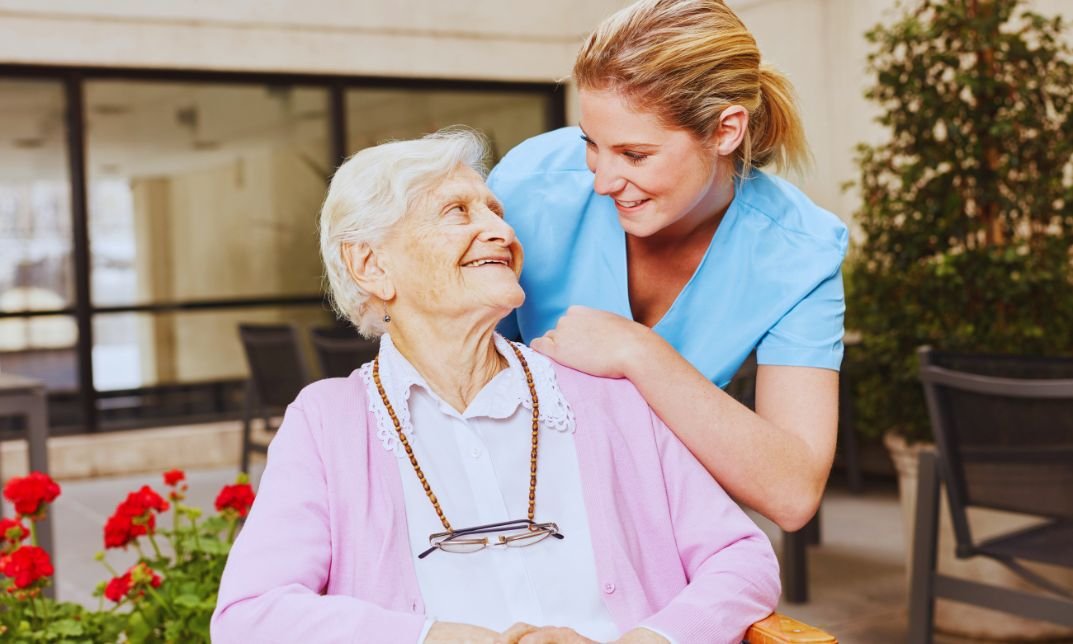Subtotal:
£77.97
PIES in health and social care is a simple way for care workers to look at the whole person — not just their medical issues. It stands for Physical, Intellectual, Emotional, and Social needs.
In the UK, this approach really matters because many people deal with more than one challenge at a time. For example, around 1 in 4 adults experiences a mental health problem each year, and millions live with long-term health conditions. So, good care should be about more than just giving medicine. Staff need to understand and support every part of a person’s life — their body, mind, emotions, and relationships. By using the PIES approach, care workers can help people feel supported in every way, not just physically.
Let’s take a closer look at how PIES works in real life.
What Does PIES Mean in Health and Social Care?
Supporting someone means seeing more than just their medical condition. The PIES approach in health and social care helps staff do this by focusing on four key areas — Physical, Intellectual, Emotional, and Social needs. Many people need support in more than one of these areas at the same time, so staff look at all four carefully. By doing this, they can offer care that helps people feel healthier, happier, and more confident every day.
P = Physical
Physical needs are about the body and overall health. Staff look at things like movement, personal care, sleep, diet, medication, and any long-term conditions. In practice, this could mean helping with exercises, planning healthy meals, or using mobility aids safely. When physical needs are met, it creates a strong base for every other part of care.
I = Intellectual
Intellectual needs involve thinking, learning, and communication. Staff pay attention to how well a person can concentrate, remember, and solve problems. To keep the mind active, they might offer puzzles, reading, crafts, or digital games. Activities are adapted for people with dementia, learning difficulties, or those recovering from a stroke so everyone can join in. Supporting intellectual needs helps people stay confident, independent, and engaged in everyday life.
E = Emotional
Emotional wellbeing includes mood, self-esteem, anxiety, and resilience. Staff notice how a person is feeling and respond with care, reassurance, and understanding. They also look out for signs of loneliness or depression, which are common in people living with long-term conditions. By supporting emotional health, staff help people feel safe, valued, and motivated to live their best lives.
S = Social
Social needs are all about connection and belonging. Staff find out who a person spends time with and whether they feel isolated. They encourage family visits, group activities, shared meals, or even video calls. Strong social connections improve overall well-being and inspire people to take part in both physical and mental activities.
Why PIES Is Important in Health and Social Care
The PIES model matters because it puts the person first, not their illness. It looks at the body, mind, feelings, and social life to make sure all needs are met. Here’s why PIES is so important:
- Encourages full care: Staff look after the whole person, not just their health problems.
- Finds hidden needs: PIES helps staff notice things they might miss. For example, someone might get better physically but still feel sad or lonely.
- Gives better results: When all areas are supported, people feel happier and more likely to stay healthy and active.
- Helps make personal care plans: Staff can plan care that fits each person’s own needs, likes, and goals.
- Builds good relationships: By caring about feelings and social life, staff can connect better with people and earn their trust.
- Works for everyone: PIES can be used with children, adults, and older people. It helps everyone stay active, included, and connected.
In short, PIES makes care more complete and meaningful. It helps people feel supported in every part of their lives. If you’d like to learn more about how PIES is used in real care settings and why it’s such an important approach, visit Wise Campus’s blog on PIES in health and social care. It explains everything in simple terms and gives helpful examples.
What Does the Physical Aspect of PIES Mean?
The physical part looks at a person’s body and general health. This includes how well they can move, eat, sleep, and take care of themselves. Staff also check for pain, medicines, and long-term health problems. To help with these needs, staff might use tools to move safely, plan healthy meals, stop falls, or arrange visits to a doctor or therapist. Physical problems are common—almost one in five people in the UK has a disability. Because of this, physical needs often guide the rest of a person’s care plan.
What Does the Intellectual Aspect of PIES Mean?
The intellectual part is about how a person thinks, learns, focuses, and communicates. To keep the mind active, staff offer things like puzzles, reading, crafts, talking about memories, and using digital devices. They change activities to suit people with dementia, learning difficulties, or those recovering from a stroke, so everyone can take part. Keeping the mind busy helps people feel confident, independent, and involved in daily life.
What Does the Emotional Aspect of PIES Mean?
Emotional needs are about how a person feels inside. This includes their mood, confidence, worries, sadness, and feeling safe. Staff listen, give comfort, and offer support. If needed, they can help people get counselling or mental health care. Many people with long-term illnesses feel lonely or sad, so regular emotional support is important. Caring for emotions helps people feel valued, supported, and positive each day.
What Does the Social Aspect of PIES Mean?
Social needs are about a person’s relationships and being part of activities. Staff ask who the person spends time with, what they enjoy doing, and if they ever feel lonely. They encourage family visits, community or faith group activities, shared meals, and video calls. Staff also help reduce loneliness because it can affect health and happiness. Good social connections help people feel happier and more involved in daily life.
How Do the Four PIES Aspects Work Together?
The four PIES areas are all connected in daily life. For example, physical pain can make a person feel sad or down. When this happens, they might stop joining social activities and lose interest in things that use the mind. But spending time with others can lift their mood and give them more energy. It can also encourage them to join exercise sessions or do brain activities. Studies show that people who stay social and active feel happier and think more clearly. That’s why staff look at all four PIES areas together—it helps them give care that supports the whole person.
How Is PIES Used in Health and Social Care Practice?
PIES shapes care every day. Here’s how staff put it into action:
- Assessments: Staff use PIES to see the whole person, not just their illness.
- Reviews: Teams check PIES to spot changes early and act fast.
- Meetings: Everyone uses PIES to stay on the same page and plan together.
- Daily care plans: PIES ensures no part of a person’s needs gets missed.
- Training: Staff learn PIES to provide confident, person-centred care.
What Are Examples of PIES in Real Care Settings?
Here are some real-life examples showing how PIES guides everyday care:
- Care homes: Residents do chair exercises to stay healthy (Physical). They join quiz afternoons to keep their minds busy (Intellectual). Key workers talk with them to support their feelings (Emotional). Family visits help them stay close to loved ones (Social).
- Home care: Carers help with meals and medicine to support the body (Physical). They offer puzzles or reading to keep the mind active (Intellectual). Carers check if people feel worried or sad to support their emotions (Emotional). They help plan trips, community events, or video calls to stay social (Social).
- Learning-disability services: Weekly plans include one activity for each PIES area. Exercise keeps the body strong (Physical). Brain games help thinking skills (Intellectual). Support helps people with their feelings (Emotional). Group activities build friendships and help everyone feel included (Social).
How Does PIES Support Holistic Health and Wellbeing?
PIES helps staff give care that touches all parts of a person’s life:
- Cares for the whole person—body, mind, emotions, and social life.
- Improves outcomes by addressing all needs together.
- Reduces stress and prevents crises, making care smoother.
- Shows families exactly how wellbeing is supported.
- Builds trust and confidence in everyday care.
Final Thoughts: Understanding PIES in Health and Social Care
Use PIES in health and social care every time you assess, plan, or review care. It helps staff spot needs that might be overlooked. The four areas—Physical, Intellectual, Emotional, and Social—work together. Even small actions, like a short walk, a puzzle, or a friendly chat, can lift mood and improve mobility. They also encourage engagement in daily life.
Keeping clear records of PIES in health and social care shows families and inspectors that care is person-centred and thoughtful. Most importantly, it helps people feel supported and valued. This approach lets them thrive in every part of their lives.
Take charge of your career and make a real difference in the caring sector. Explore our Health and Social Care Courses at the Wise campus today!
FAQs
1. What are the four PIES in health and social care?
The four PIES are Physical, Intellectual, Emotional, and Social needs. They help care workers look at the whole person, not just their illness.
2. What does PIES mean in healthcare?
PIES is a model used to understand and support a person’s body, mind, feelings, and social life. It ensures care covers all areas that affect wellbeing.
3. What does P stand for in PIES?
P stands for Physical, which includes the body, movement, health, and overall fitness.
4. What is physical development in PIES?
Physical development is the growth and improvement of the body. It includes strength, coordination, balance, movement skills, and overall health.
5. What are the 7 stages of physical development?
The stages are:
- Infancy
- Early childhood
- Middle childhood
- Adolescence
- Early adulthood
- Middle adulthood
- Late adulthood
6. What are 5 examples of physical activities?
Walking, running, swimming, cycling, and yoga are common activities that improve strength, fitness, and health.
7. What are the 7 types of physical activity?
The main types are:
- Aerobic: running, swimming, or cycling
- Strength: weight lifting or resistance exercises
- Flexibility: stretching and yoga
- Balance: tai chi or balance exercises
- Endurance: long-distance walking or jogging
- Coordination: ball games or dancing
- Recreational activities: hiking, sports, or playful activities









